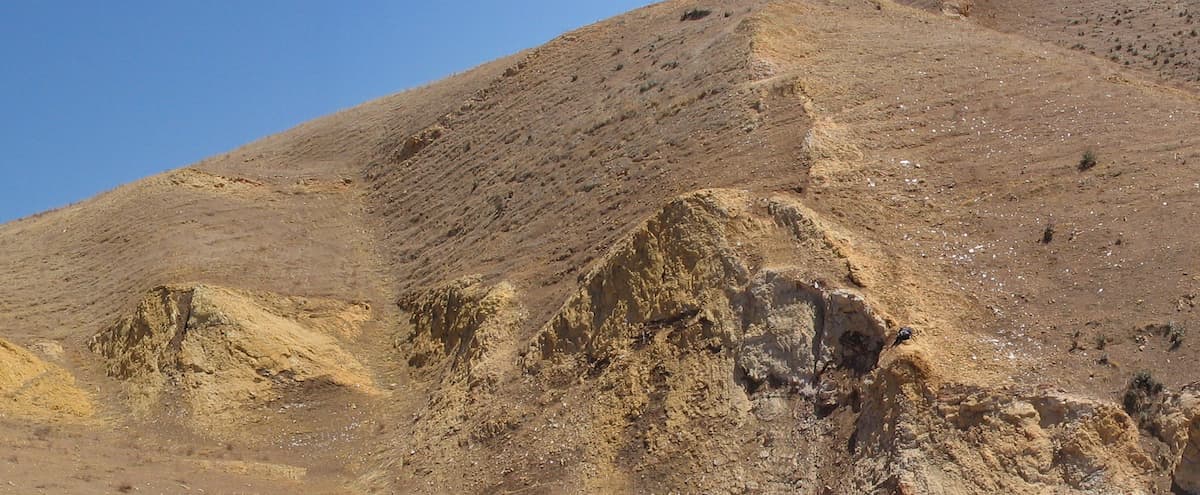Since 2000 the Sand Injection Research Group (SIRG), University Aberdeen has developed expertise in the geology and geophysics of sand injectites, and specifically the sandstone intrusion reservoir facies. SIRG is recognised as the global leader in sand injectite research and through close collaboration with sponsors has helped to facilitate wealth creation by defining new hydrocarbon plays that introduced “intrusive traps” and supporting planning and drilling of field developments in excess of 6 billion barrels of reserves.
Our research focuses on the identification, characterization, modelling and prediction of sand injection complexes at all scales and in all types of sedimentary and tectonic settings. Specific to these goals are broadly understanding how sand injectites influence the prospectivity of petroleum systems and specifically evaluating the reservoir potential of sandstone intrusions.
Integral to these high-level goals is establishing and constraining the fundamental processes by which sand becomes fluidised and injected in the (very) shallow crust. To support this SIRG has established the largest global database of giant sand injection complexes using outcrop and subsurface data. Outcrops allow the processes of sand fluidisation to be related to pore-fluid pressure and rock mechanics and, the subsurface, most importantly 3D seismic and well data provide basin context for the temporal and spatial development of giant injection complexes.
Sand Injection Research Group (SIRG)
What is SIRG?
SIRG (previously known as Injected Sands Research) is a research consortium that since 2000 has operated primarily in the University of Aberdeen, where we actively collaborate with other institutions across the UK and globally. Currently our research is co-hosted by the University of Manchester.
Our research focuses on the identification, characterization, modelling and prediction of sand injection complexes at all scales and in all types of sedimentary and tectonic settings. Specific to these goals is broadly understanding how sand injectites influence the prospectivity of petroleum systems, and how we can evaluate the reservoir potential of sandstone intrusions.
Integral to these goals is establishing and constraining the fundamental processes by which sand becomes fluidised and injects within the (very) shallow crust. To support this we have established the largest global database of giant sand injection complexes using outcrop and sub-surface data. Outcrop data allows the processes of sand fluidization to be related to pore-fluid pressure and rock mechanics. Sub-surface data, most importantly 3D Seismic, provides basinal and regional context for the temporal and spatial development of these giant injection complexes.
 |
Why is it important?
Sand Injectites have economic significance. In the context of hydrocarbon exploration, sand injectites are primarily important because they offer a new trapping style. Known as "Intrusive Traps", these are generally untested in most petroleum systems. Even when the presence of sandstone intrusions is fortuitously (not drilled deliberately) recorded, many interpretations fail to recognize, or fail to consider their reserve potential. Because entirely-injected sandstone reservoirs are known to contain >100 million barrels STOOIP, and depositional sandstone that is significantly modified by sandstone intrusions may reservoir >1 billion barrels STOOIP, they contain major reserves in many basins, even when not identified as being sand injectites. Because sandstone intrusions are not bedding-parallel features interpretation of seismic data, well-to-well correlation and, in general, reserve estimation, are problematic.
 |
 |
